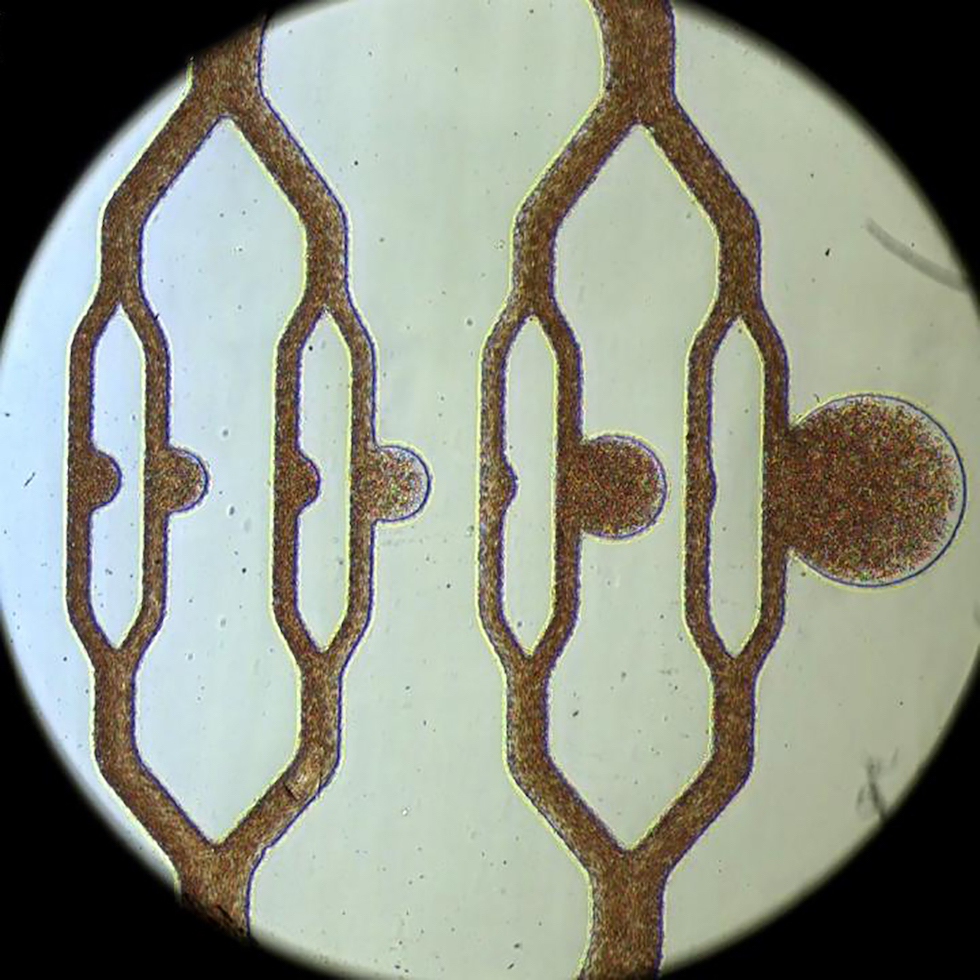Members of the department, which is housed in the School of Public Health, have been involved in the new field of radiomics from the beginning and are developing cutting-edge statistical learning methodology for the analysis of complex imaging and clinical data.
What is radiomics? Near the turn of the prior century, the first medical use of X-rays changed medicine. For the first time, doctors could peer inside the body with no incision to see broken bones, congested lungs or other conditions. As medical imaging became more sophisticated, it could be used to find torn ligaments, tumors or blocked arteries.

Today, data science techniques are enabling researchers to learn more than ever from medical images through radiomics — the science of extracting qualitative information from massive sets of medical images. Increasingly, radiomic technology is helping doctors to make predictions about the aggressiveness of a tumor without a biopsy, or to detect disorder or disease years before symptoms manifest themselves.
Brown has a long history of developing rigorous and innovative methods of statistical analysis for medical imaging data. Work in radiomics now involves several biostatistics faculty and graduate students and has a focus on cancer and chronic neurodegenerative diseases.
Professor Constantine Gatsonis, inaugural chair of biostatistics at Brown and director of the University’s Center for Statistical Sciences, has been a leading methodologist in the clinical evaluation of imaging for detection, diagnosis and prediction for years. He was group statistician of the American College of Radiology Imaging Network (ACRIN) since its inception in 1999 and is now group statistician of the ECOG-ACRIN Cancer Research Group (renamed after merging with the Eastern Cooperative Oncology Group). He also leads a large group of statisticians and clinical trialists at Brown’s Center for Statistical Sciences. Gatsonis was lead statistician of national studies of screening for breast and lung cancer and is currently the lead statistician for a National Cancer Institute-funded international clinical trial assessing the impact of tomosynthesis (3D mammography) for breast cancer screening.
Associate Professor of Biostatistics Fenghai Duan serves as lead statistician for several ECOG-ACRIN trials and is working to develop new screening techniques for lung cancer based on radiomics, because X-rays and CT scans of lungs often turn up nodules that look potentially cancerous but are actually not a health threat.
Duan is working with a team of pulmonologists and radiologists to find specific features of nodules — such as size, shape and location — that make it more likely that they will develop into cancer. Preliminary research shows that their radiomics-based model is better at distinguishing between benign and malignant nodules than the standard of care risk assessment.
Assistant Professor of Biostatistics Jon Steingrimsson has collaborated with graduate students and other faculty members to develop deep learning algorithms for imaging data when some outcomes are only partially observed. He also has explored whether uncertainty in predictions made from deep learning algorithms applied to images can be used to prioritize which observations are referred to physicians for additional review. Steingrimsson also is involved in several studies that use medical images to improve outcomes for cancer patients or improve cancer screening.

Assistant Professor of Biostatistics Ani Eloyan has developed a radiomic method for assessing tumor heterogeneity. The cells within a tumor often differ substantially in size, shape, gene expression, mobility and other attributes. That heterogeneity often can be captured by medical imaging. Eloyan and her colleagues developed a statistical method for extracting information generated by images to quantify aspects of tumor heterogeneity and used it to identify tumor attributes that are correlated with survival in lung cancer patients. They found that their new technique outperforms other means of predicting lung cancer prognosis.
Now Eloyan has set her sights on a different disorder: Alzheimer’s disease. She’s working with data from the Longitudinal Early-onset Alzheimer’s Disease Study to identify biomarkers associated with disease states and clinical prognosis in brain imaging.
For Assistant Professor of Biostatistics Lorin Crawford, radiomics has become one of many research interests. Crawford has shown that by analyzing the topology of tumors — certain fundamental properties of their shape — it is possible to make predictions about clinical outcomes. In particular, he looked at glioblastoma multiforme, a particularly aggressive form of brain cancer. In a 2020 study, Crawford showed that topological summaries of tumor images could be better predictors of prognosis than both geometric measurements of tumor images and RNA sequencing of tumor cells.
More recently, Crawford created a general-purpose software pipeline for analyzing libraries of shapes. The algorithm, called SINATRA, draws on topology and statistics to compare classes of shapes and describe fundamental differences between them.
Tools like this will allow researchers at Brown and elsewhere to extract more information from images. Ultimately, Crawford and the rest of Brown’s radiomics researchers hope that their work will one day result in better diagnoses and treatments for people with a wide range of medical conditions.